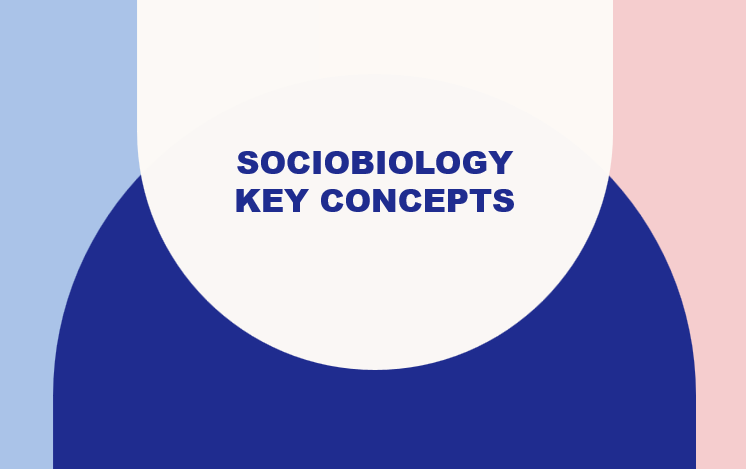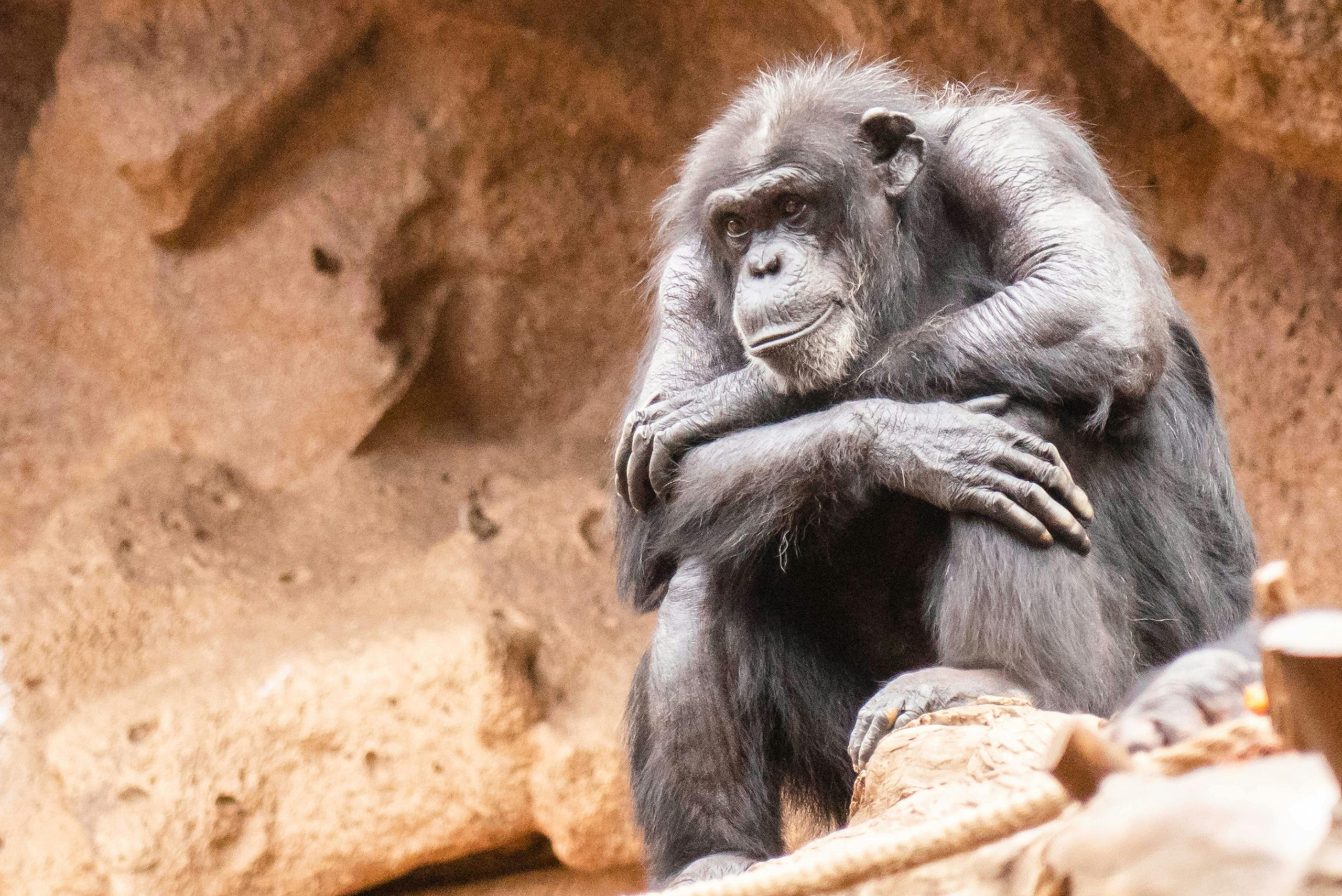Pheromones: Definition, History, Examples, and Applications

Pheromones are chemical signals secreted by organisms that elicit specific behavioral or physiological responses in other individuals of the same species. They play essential roles in communication, particularly in reproduction, territory marking, social hierarchy, and alarm signaling.
They are a form of chemical communication, often undetectable by the human senses but crucial for social interactions, reproduction, and survival.
History
The concept of pheromones emerged through observations of animal communication. The term ‘pheromone’ was introduced in 1959 by Peter Karlson and Martin Lüscher.
It derived from the Greek words:
– “pherein” (to carry).
– “hormon” (to excite or stimulate).
– Early studies of pheromones began with the observation of insect communication, particularly in moths.
In 1959 Adolf Butenandt isolated the first pheromone, bombykol, from silkworm moths, highlighting its role in attracting mates.
Examples of Pheromones
1. Insects
Trail Pheromones: Ants leave chemical trails to guide colony members to food sources.
Sex Pheromones: Female moths release bombykol to attract males for mating.
Trail Pheromones in Ants
Ants lay trails of pheromones to direct colony members to food sources. When the food is depleted, the pheromone signal dissipates, redirecting ants.
Alarm Pheromones in Bees
Released during a sting to attract worker bees for defense. Chemical Example: Isopentyl acetate.
2. Mammals
Territorial Pheromones: Dogs mark territory with urine containing pheromones.
Reproductive Pheromones: In mice, females release pheromones to induce sexual behavior in males.
3. Humans
Although the evidence is less clear, studies suggest that pheromones may influence mate selection and menstrual cycle synchronization (e.g., androstenone in males).
Example: Male elephants in musth secrete pheromones to attract females. Pheromone Z7-12:Ac in boars stimulates mating behaviors in females.
Molecules like androstenone and copulins may influence attraction and synchronization of menstrual cycles. (Hypothetical)
4. Plants
Some plants emit pheromone-like chemicals to attract pollinators or warn neighboring plants of herbivore attacks.
Plants like corn release volatile chemicals to attract predatory insects when attacked by caterpillars. Example: (Z)-3-hexenol, a green leaf volatile.
Alarm Pheromones and Role in Defense
Mechanism of Alarm Spreading*:
1. Release: Alarm pheromones are secreted in response to a threat.
2. Detection: Nearby individuals detect these pheromones via specialized sensory organs (e.g., antennae in insects).
3. Response: Triggers fight, flight, or defensive aggregation.
Examples of Alarm Pheromones
1. Insects
Ants release formic acid when under attack to alert the colony. Honeybees emits Isopentyl acetate during a sting signals other bees to defend.
2. Mammals
-Rats release alarm pheromones from their skin when stressed, causing others to flee.
3. Plants
Some plants emit volatile organic compounds (VOCs) that “warn” neighbors of herbivores, prompting them to produce chemical defenses.
Visual Aids for Better Understanding
1. Pheromone Signaling Pathway
Insects: Show how pheromones are detected by antennae, transmitted to the brain, and trigger a response.
Mammals: Illustrate how pheromones are detected by the vomeronasal organ (VNO).
2. Alarm Pheromone Spread
Depict how a bee’s alarm pheromone attracts others to the threat area.
3. Role in Plants
Show a plant emitting VOCs and neighboring plants activating their defense.
Applications of Pheromones
A. Agriculture and Pest Control:
Mating Disruption: Synthetic pheromones prevent pest reproduction.
Mass Trapping: Lures attract pests into traps, reducing populations.
Monitoring: Traps help track pest activity and guide interventions.
Plant Defense: Sprayed pheromones activate plant defenses.
B. Animal Behavior and Conservation:
Breeding Programs: Pheromones aid in synchronizing reproduction in endangered species.
Wildlife Management: Redirect animals away from human areas using pheromones.
C. Medicine and Human Health:
Diagnostic Tools: Pheromones as biomarkers for diseases.
Mental Health: Potential to influence mood and treat social disorders.
Reproductive Health: Aid in hormonal synchronization.
D. Consumer Products:
Fragrances: Pheromone-infused perfumes and colognes for attractiveness.
Skincare: Products claiming to boost mood and social interaction.
E. Research and Robotics:
Swarm Robotics: Mimicking pheromone trails in insects for coordinated tasks.
Bioinformatics: Algorithms inspired by pheromone communication.
F. Veterinary Applications:
Pet Behavior: Products like pheromone sprays reduce stress in animals.
Livestock Management: Control aggression and synchronize reproduction.
Future Directions
Research on pheromones continues to expand, with potential applications in synthetic biology, sustainable farming, and human health. Advances in technology may unlock new uses for pheromones in diagnostics, therapy, and environmental conservation.
Hi, I’m Hamid Ali, an MSc in Biotechnology and a passionate Lecturer of Biology with over 11 years of teaching experience. I have dedicated my career to making complex biological concepts accessible and engaging for students and readers alike.
Beyond the classroom, I’m an avid blogger, sharing insights, educational resources, and my love for science to inspire lifelong learning. When I’m not teaching or writing, I enjoy exploring new advancements in biotechnology and contributing to meaningful discussions in the scientific community.
Thank you for visiting my blog! Feel free to connect and explore more of my work.






